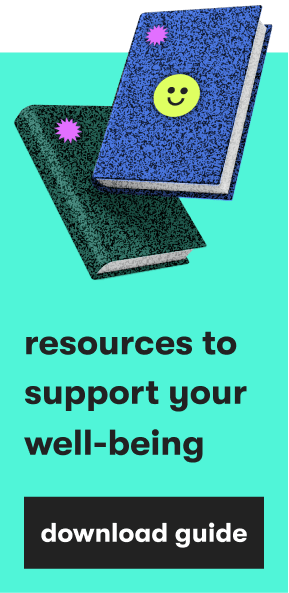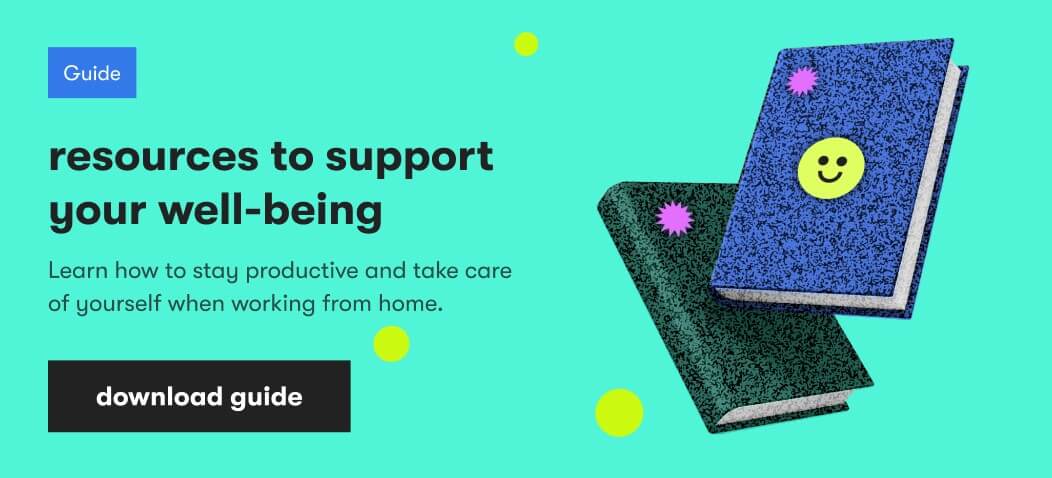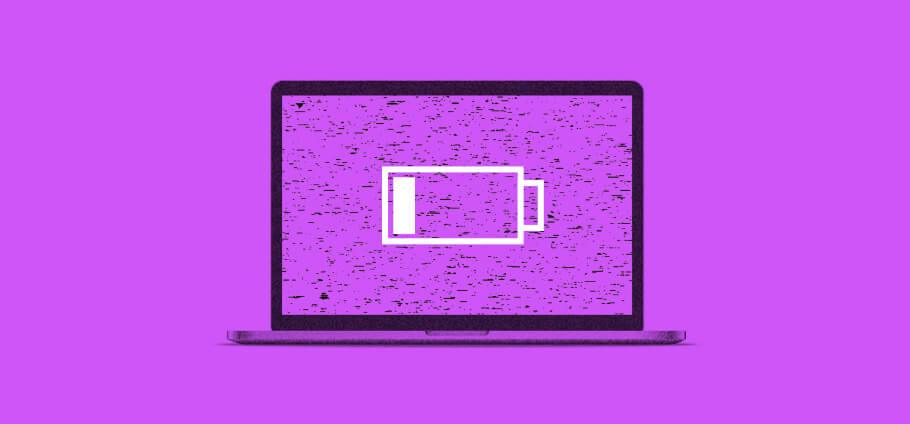With the COVID-19 pandemics, we've learned to be flexible, change our regular workflows, and work from home just as productively as before. While some of us succeeded in a new role of "remote worker", for some people working remotely became a challenge.
If you struggle to work remotely, you're not alone. A recent survey revealed that 40% of the US adults experience work burnout because of being forced to work remotely against pandemics.
As advocates of a healthy and productive remote lifestyle, we believe that the remote work burnout issue shouldn't be ignored. In this blog post, we'll explain how to detect the symptoms of this issue and how to avoid burnout at work.
Signals of work burnout and how to spot them
When it comes to "treating" job burnout, the most effective tactics is to detect the first signs and prevent them as fast as possible.
Quite often, people confuse burnout with stress. They think their poor emotional and physical state is temporary and they'll recover soon. The truth is, these problems are completely opposite. When experiencing stress, we're like a raw nerve. A stressed person is characterized by overreaction to stressful situations and working "on the edge" with extra efforts. A general symptom of burnout lies in low emotional stamina. People are likely to feel emotionally drained, helpless, and unmotivated.
As a rule, job burnout is developed gradually, in several distinct stages followed by common symptoms. The zero stage is when we take a new job or tasks that bring us satisfaction, raise our self-esteem, and keep our productivity levels sustainable. Then, the stress kicks in.
1. Getting an initial cause of burnout: stress
After euphoria slightly disappears, people start to feel physical and emotional exhaustion. Quite often, the symptoms take the psychosomatic form. Headaches and stomach aches, high blood pressure, and sudden heart palpitations start to take place.
On an emotional level, employees tend to get away from socializing, doubt their work success, find it hard to focus, and can't keep up with the usual productivity levels.
At this stage, it's important to admit that you're experiencing stress and handle the situation before stress becomes your lifestyle.
2. Making a bad habit: chronic stress
As stress episodes are becoming more frequent, you're reaching burnout. In fact, chronic stress is characterized by more intense and harsher symptoms than described above.
On a physical level, you may start to feel powerless after your wake up (as if you haven't slept at all), become ill more often, and feel apathy. Work exhaustion becomes habitual.
Moreover, behavior changes significantly. People attempt to "substitute" their anxiety with comfort food, alcohol, and even drugs. A study conducted in July showed that 12% of the Americans used alcohol and substances to cope with anxiety and stress caused by coronavirus while another 32% overate.
Other behavioral "red flags" include procrastination, being late for work or long breaks without a significant reason, coffee addiction, cynical or indifferent attitude.
3. Reaching a boiling point: burnout
When the chronic stress accumulates, here comes the burnout phase. All the symptoms – emotional, behavioral, and physical – escalate.
For example, if you've been feeling stomach ache during the stress phase, you may get chronic diseases like irritable bowel syndrome. The level of stress hormones like adrenaline and cortisol go through the roof, causing even more anxiety and panic attacks. As a result, you may feel pushed into the corner without any hope to improve things at work or home.
In exceptional cases, burnout phase may transform into a burnout syndrome. This is a critical stage that may include serious illnesses like depression and chronic fatigue.
#WFH burnout: finding ways to heal yourself
1. Set the boundaries
OwlLabs research shows that 18% of remote workers tend to spend more time on work than at the office. That, in turn, leads to work-life disbalance and stress. To avoid this situation, try these simple tips:
- Set the working schedule. A flexible schedule can be a trap. Instead of working regular hours, you go to work straight after you wake up and finish in bed with a laptop. This is a high time to make working 9 to 5 your routine. Set the schedule that'll work for you and don't cross its limits. Surely, don't forget to settle the schedule with your teammates, so there are overlapping hours and your team communication isn't interrupted.
- Turn off messengers. Eliminate distracting factors like notifications and calls from colleagues by using a "Don't disturb" mode on your phone and laptop. Leave your digital space for personal needs after the working day is off.
- Separate work from personal life. Working remotely, a borderland between work and personal life disappears. Try separating them with different mail accounts, browsers, or even smartphones to minimize distractions and irritation.
- Create different working zones. Working straight in bed can be tempting. However, it leads to working longer hours and a "ground-hog day" without any entertainment and time for yourself. Organize a comfortable working zone, like a coach or a cozy window-sill, that'll put you in an appropriate working mood and create a sense of a separate workplace and personal space.
2. Work on mental health
Mental health is as important as our physical state. If you notice mood swings, inability to manage your stress level, or apathy, you might need professional help. Modern telemedicine offers different options for screening your mental health, consultations, and online therapy.
Don't be afraid to acknowledge your problem and ask for a team leader's or mentor's help. Together, you can work out ways to lessen your workload, switch projects, or add extra vacation days.
Finally, talk to your teammates to cheer up and feel that you're not alone. You'll be amazed by how supportive people can be. Besides, your colleagues can share their stories and ways to deal with stress.
3. Get a hobby
Creative hobbies like handmade and crafts have a tremendous impact on employees' wellbeing. A study conducted in the UK showed that employees that engaged in crafts, recovered from work faster, raised their self-esteem, and felt better control over their lives.
Zappos employees take part in cooking workshops, quizzes, and costume making for holidays. Think about crafts that drive you. This can be painting, photography, resin art, jewelry, woodwork, etc. Who knows – what if your hobby becomes your extra source of income?
To recap
Burnout doesn't happen out of the blue. There are certain "red flags" that signalize about stress and dissatisfaction from work. To prevent the worst, take time to relax and listen to your feelings. We hope our easy tips will help you improve your remote lifestyle and if you think this article was useful, share it with your colleagues!

Explore our Editorial Policy to learn more about our standards for content creation.
read more




















